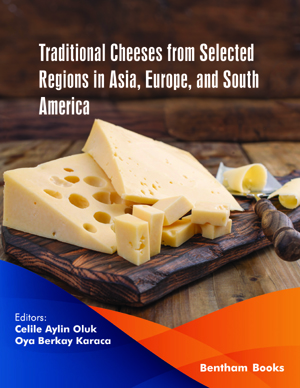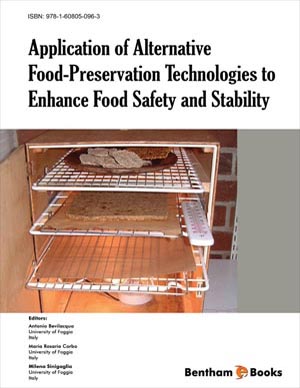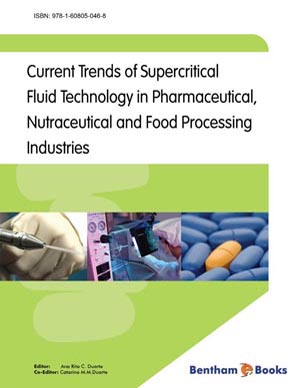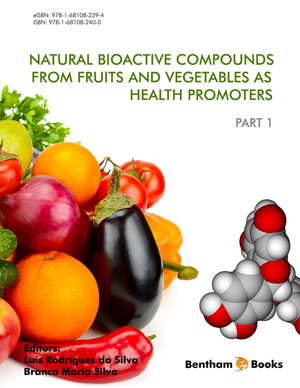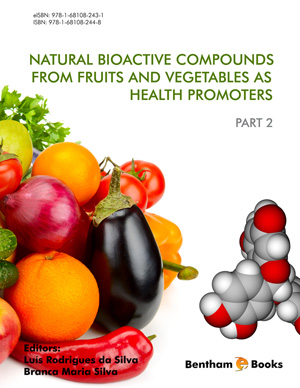Abstract
Traditional foods are foodstuffs that have been produced for hundreds of years. Besides, being recognised by geography, climate and agricultural production possibilities in all cultures, it is mostly influenced by traditional lifestyle Each of these foodstuffs are original products, created without the use of modern technology, simply by artificially ingraining the key factors of food preservation with available means. Ensuring the preservation and continuity of our traditional food products is one of our important social and cultural heritage from the past; it is important that traditional food products at national and regional scales are identified, inventories are removed, hygienic conditions and modern industrial methods are used to produce safe food, and it is important to move to the future.
The benefits and risks of traditional cheese, especially produced from raw milk, are a complicated issue and have been argued through the years.
The microbiota of traditional cheese varies depending on the raw milk, inoculation applications, environmental factors, cheese production methods and hygienic condition of the environment. Cheese microbiota gives information about the sensory, hygienic, health benefits and possible risks of the product.
In traditional cheeses, depending on the production method, as well as Gram-positive and Gram-negative bacteria, several yeasts and molds, especially lactic acid bacteria have been isolated and identified in many research studies. A variety among cheeses, produced from raw milk, occurs due to microorganism diversity, numerical differences, depending on the microbiota involved in the process of maturation, thereby showing changes in some of its characteristics (such as aroma formation, antimicrobial activity). Therefore, the taste of cheese produced from raw milk is more dense and richer than the processed ones.
In addition, microbiota found in traditional cheese is known to positively affect the aroma development and production of antimicrobial metabolites against pathogens and spoilage microorganisms in the same environment. On the other hand, other allergic reactions, toxic and chemical compounds, which are important with regard to food safety, are substantial for health, besides the microbial risks based on raw milk.
For these reasons, the scientific data on the production and consumption of traditional cheeses should be accurately investigated in terms of benefits, harm and possible new risks, using the omic system as well as cheese ecosystem now and in the future.
Keywords: Cheese microbiota, Lactic acid bacteria, Turkish cheese, Traditional cheese.


